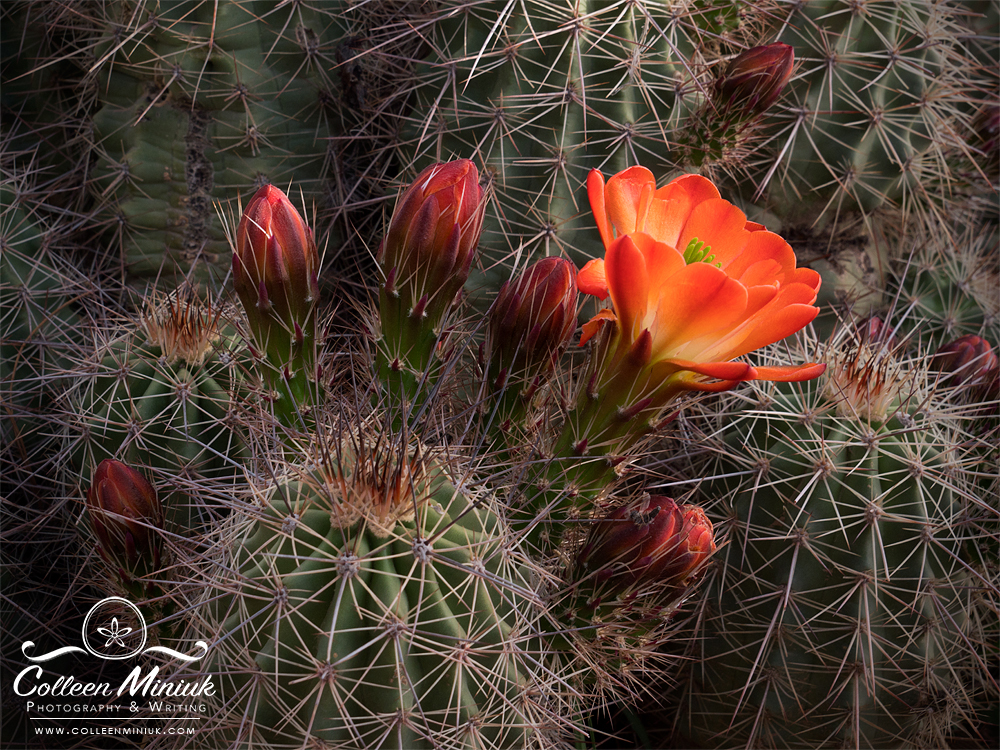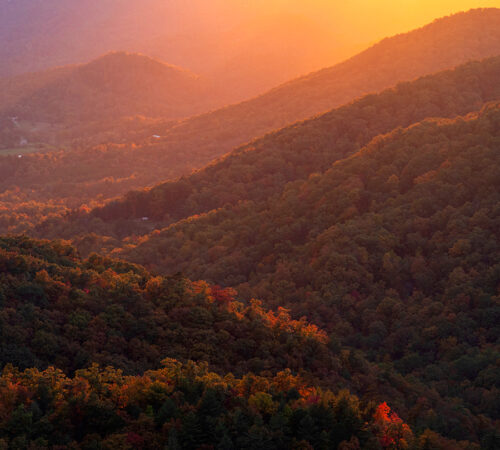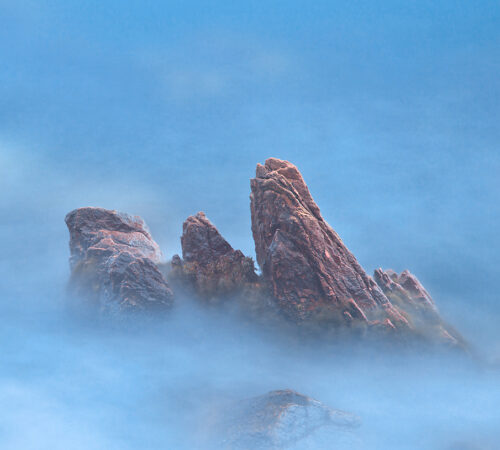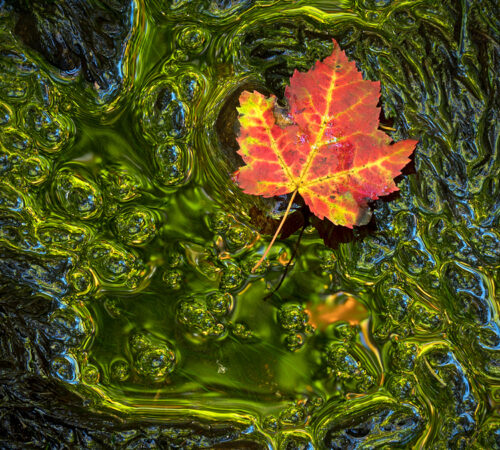The Art of Not Sucking

Dear Bubbles:
Why do I suck so bad at photography and how can I get better today?
~Robert
Dear Robert:
I appreciate your enthusiasm to improve your photographic skills. But first, we have to address the sucking…
I don’t know where you’re at with your photography, but I know this with 100% certainty: you do not suck. The idea of you sucking comes from unrealistic expectations. It stems from the belief that you should be farther along in your journey than you are. That’s pretty unfair to your badass self, don’t you think?
What’s that you say? You just picked up a camera for the first time and the first photograph you created didn’t make it to the cover of National Geographic? Say it isn’t so! You must really suck at photography. Have you considered taking up underwater basket weaving instead?
(In case it’s not obvious, I’m joking.)
Sarcasm aside, I don’t care how long you’ve been photographing or how many times you’ve been published in National Geographic, I’d bet money you’ve been doing the best you can all along in learning photography. Give yourself some credit. I know it’s hard, especially with the presence of social media in our world, but don’t compare yourself to others. Don’t let other what other people are doing or showing make you feel less than you are. We are all on different paths, moving at different paces and in different places.
In fact, take a second to reflect on your progress thus far and appreciate your current state. What are you proud of about yourself right now? Go ahead, I’ll wait…in fact, better yet, shout it out to the world. Write it in the comments below. Don’t be shy. Let’s celebrate YOU in this exact moment.
I’ll start: I used to struggle to come up with article ideas over the course of months. I’m so proud of myself for writing the equivalent of an article a week for the last consecutive nine weeks for Dear Bubbles. YAY! Go me! Ok, your turn!
Recognizing how far you’ve come and where you are now should not be a difficult exercise. If that is/was an uncomfortable question to answer, ask yourself “Why?” I spent many, many years chasing perfection, flagellating myself into achieving more, more, always more and never stopping to appreciate the present moment. It destroyed my self-worth to the point where I didn’t have any. Unexpected life events in 2015 taught me that having a positive self-esteem doesn’t turn you into an egotistical asshole. It means you’re being realistic about who you are. So dig if you have to, but dig until you find something you’re proud of. It’s there somewhere.
Besides, we can be proud of our current state AND wish to improve it at the same time. Those notions are not mutually exclusive. Once again, I don’t care how long you’ve been photographing or how many times you’ve been published in National Geographic, we can all be better photographers. The minute I stop learning in photography, art, and the creative life is the minute I hang up my camera—and I hope that day never comes. Photography for me is an avenue for exploring the world around me. There’s a lot of world out there. So much to see and do, so little time.
With so much to learn, where does one start? I’m not sure of your current capabilities, but regardless of your skill level, here are 10 ways you can improve your photography right now:
- Know your camera inside and out: Set aside some time to press every button on your camera to see what each one does. Review every menu item on your camera to learn which functions are buried where. Customize your settings to your tastes. Don’t be a slave to your camera. It’s your tool. Make it work for you.
- Learn digital photography basics: This goes hand-in-hand with learning the language of the camera. Read books, attend lectures, or join a workshop to practice things like controlling exposure (aperture, shutter speed, ISO, histograms, and highlight alerts), understanding why you’d want to use filters over high dynamic range imaging (and vice versa), switching autofocus modes, using focus stacking, changing white balance, metering, and more. Know not only what each concept is and what it does for an image, but also why you’d want use that technique and when. Visualize scenarios in which each function could help you.
- Conduct your own tripod race: Have someone time you while you take down and put up your tripod. Do it again to beat your time. Take down, put up, take down, put up, take down, put up. Be one with the tripod. (If you struggle with this task, consider investing in a new tripod.)
- Understand visual language to improve your composition: Following the “rules” of composition can only get you so far. In my case, they got me to technically-perfect, salable images that were super-duper boring. As Robert Henri said, “Making lines run into each other is not composition. There must be motive for the connection. Get the art of controlling the observer – that is composition.” With that, read “Art and Visual Perception: A Psychology of the Creative Eye” by Rudolf Arnheim. It’s a slow academic read, but it reveals an enlightening set of design principles based on Gestalt psychology and human perceptions. If you want the photographer’s version of this book, try Richard Zakia’s “Perception and Imaging: Photography as a Way of Seeing.” (Zakia was a student of Arnheim’s.)
- Train yourself to see natural light: It’s not enough to see light—you have to see light and shadow, lights and darks, whites and blacks working together to help create the illusion of depth in our two-dimensional media. Pay attention the light’s direction; the changing color, quantity, and quality of light throughout the day; and monitor weather patterns. At the risk of shamelessly self-promoting, my “Seeing the Light in Outdoor Photography” instructional eBook can help! Learn more and order at http://thepocketinstructor.com/index.htm.
- Polish your processing skills: Know your chosen processing software as well as you know your camera. Test all the icons and learn all the menu functions in your digital darkroom. (I know, it’s not as fun as getting a whiff of fixer in a traditional darkroom…). If you process your images in Photoshop, pick up my friend Guy Tal’s book “The Landscape Photographer’s Guide to Photoshop” (https://guytal.com/books-by-guy-tal/landscape-photographer-guide-photoshop). If you use Lightroom (or prefer watching videos to reading), watch Julieanne Kost’s online tutorials at https://www.jkost.com/index.html. If you run into challenges, google your questions. There are many, many resources on the interwebs that can help.
- Cross-train your brain. Expand your interests and get new ideas for your photography by trying a vast number of new life experiences unrelated to photography. Learning about fluid dynamics helped me understand how water moves. Attempting to paint a rendition of Claude Monet’s “Water Lilies, 1916” heightened my appreciation for lily pads. Taking adult ballet classes allowed me to compare receding waves to the slow, deliberate adagio I performed in the dance studio. Studying and writing poetry increased my vocabulary and intensified my sensory awareness, which gave me more fodder to work with when visually expressing metaphors (e.g. asking “What else is it” when I see a subject in the field). How do you know if you’ll like something until you try it? Try everything once. Except for maybe skydiving, bungee jumping, and swimming with sharks. You don’t have to like it or even be good at something to learn something from the experience.
- Become a collector of knowledge and ideas. Feed the creative process by noticing and collecting inspirational ideas from anywhere and everywhere, not just from other photographers. Watch movies for lighting. Read books for stories. Look at rugs for patterns. When you find an inspirational idea, ask how you might incorporate it into your own work in your own way. Read “Steal Like an Artist” by Austin Kleon. Even if you don’t apply the knowledge or ideas right away, you’re storing material up for your brain’s future use in your photography.
- Make a lot of really bad images. Henri Cartier-Bresson said, “Your first 10,000 photographs are your worst.” Don’t worry about hitting the exact number. The point is, if you’re pushing the limits of your capabilities, habits, and preferences, you’re bound to make less-than-perfect photos. Give yourself permission and the space to make crappy images. Learn from them. Fail intentionally by testing your boundaries. Once, I accidentally shot a frame through a shower cap, which I was using over my lens to protect from a light drizzle. My first instinct was “Ugh! Bubbles, you’re so lame!” Then I looked at the image on the camera’s LCD and said, “Wow, that’s ethereal-looking.” Now a shower cap is my ethereal filter. Look, camera manufacturers put the Delete button on the back of the camera for a reason. Use it.
- Embrace the suck: This might come as a shock, but newsflash! You’re going to fail. When you do, a little voice in your head named “Self-Doubt” will try to derail your efforts and make you want to give up. That evil spirit is going to tell you that you suck. Shut. It. Down. Like Vincent van Gogh once wrote, “If you hear a voice within you say ‘you cannot paint,’ then by all means paint, and that voice will be silenced.” If you keep trying and practicing, in time, you’ll build confidence. With confidence you’ll gain the understanding that the fear of failure never goes away. It’s a phenomenon known as the imposter syndrome. You simply have to plow through it. Besides, no one cares whether you fail or succeed—or even if you make an image. Ever. Wouldn’t you rather try and fail then regret not trying at all? Embrace failure as part of your growth. That’s usually where the best learning happens anyhow.
One of the most frustrating times for me happened when I started my Introduction to Photography class in 2001. I could see the beauty in the landscape and had a vision of what I wanted my photographs to look like, but I didn’t know enough about my camera or photography techniques to effectively render that vision in a photograph. It was maddening! Given this, I’d recommend focusing on achieving technical proficiency before or in parallel with expanding your creative expressions.
Also, to ensure you don’t get overwhelmed with trying to learn everything all at once, pick one thing on this list (or your list) at a time and practice it until it becomes second nature. Keep putting one foot in front of the other. Recognize your progress as you go. Celebrate your successes and your “failures.”
No matter where you’re at in your development cycle, just remember, you don’t suck. You’re right where you’re supposed to be, wherever that may be. And wherever that may be is amazeballs.
Be well, be wild,
~Bubbles





2 Comments
Bob
#11 Don’t compare your beginning with someone else’s middle. In other words use Colleen’s beautiful images as a goal, but don’t get discouraged if yours don’t look like hers.
Bubbles
Great point, Bob, about not comparing your beginning with someone else’s middle. I’d take it one step further and advise not comparing at all (e.g. beginnings to beginnings, middles to middles). We ALL start somewhere but we’re all on different paths and paces. The important part is you keep going, you keep trying, you keep learning with the goal of making images that look like YOUR images, not mine or anyone else’s.